(7 min read) Perched high above Lake Geneva, Lausanne Cathedral — number 48 in my countdown of the Fifty Greatest Works of Gothic — showcases some amazing Gothic art and is the largest and earliest Gothic church built in Switzerland.
(For more about this series, see the introduction and the countdown.)
Common Name: Lausanne Cathedral
Official Name: Cathédrale Notre-Dame de Lausanne (Cathedral of Our Lady of Lausanne)
Location: Lausanne, Switzerland
Primary Dates of Gothic Construction: c1170-1235
Why It’s Great
With intact painted sculptures and stained glass from the early 13th century, Lausanne Cathedral — Switzerland’s largest Gothic church — provides a fascinating window into the early spread of Gothic architecture beyond France and England.
Why It Matters: History and Context
Lausanne Cathedral is Switzerland’s largest Gothic church and was also the country’s first major Gothic building project, with construction beginning around 1170 — just 26 years after St-Denis’ debut of the style (see my post “Two Short HIstories of Gothic Architecture”). I have chosen it in part to represent Switzerland’s contribution to Gothic architecture, though it is certainly beautiful enough to justify inclusion regardless of where it had been built. That said, the minsters in Basel and Bern are also wonderful Gothic buildings in their own rights, and choosing between them for inclusion in this survey was hard.
The vast majority of Lausanne was built in just 65 years, from 1170-1235, which was quick by Gothic standards and which is a major part of the reason for its unified feel, especially in the interior. Another reason is that the cathedral has the classic Gothic design I laid out in my post “The Parts of a Gothic Cathedral,” with a nave, crossing, chancel and transepts all with the same basic dimensions, as well as side aisles and ambulatories. Everything is nicely proportioned and classically detailed here.
The post-construction history here is neither as complex nor convoluted as my previous two entries (Matthias and Rosslyn). It fared fairly well during Protestant Revolutions, with the original art and decorations largely just covered over in 1536, rather than destroyed as was often the case. This allowed restorations in the 19th and 20th centuries, partly under the direction of Viollet-le-Duc, to revive the medieval feel rather easily.
Given the rather straightforward history of Lausanne Cathedral, the best way to appreciate the place is to go through a virtual walk through it and have me describe things as we go. So let’s do just that:
Photo Tour
Lausanne Cathedral sits a the top of a hill to the northeast of the old town, and a number of stairways lead up to it (figure 3), providing a nice glimpses of the church’s towers as you ascend.
The church is fairly hemmed in on all sides by buildings, so you can’t get any really good views of the entire exterior at once. But figures 4 & 5 show two:
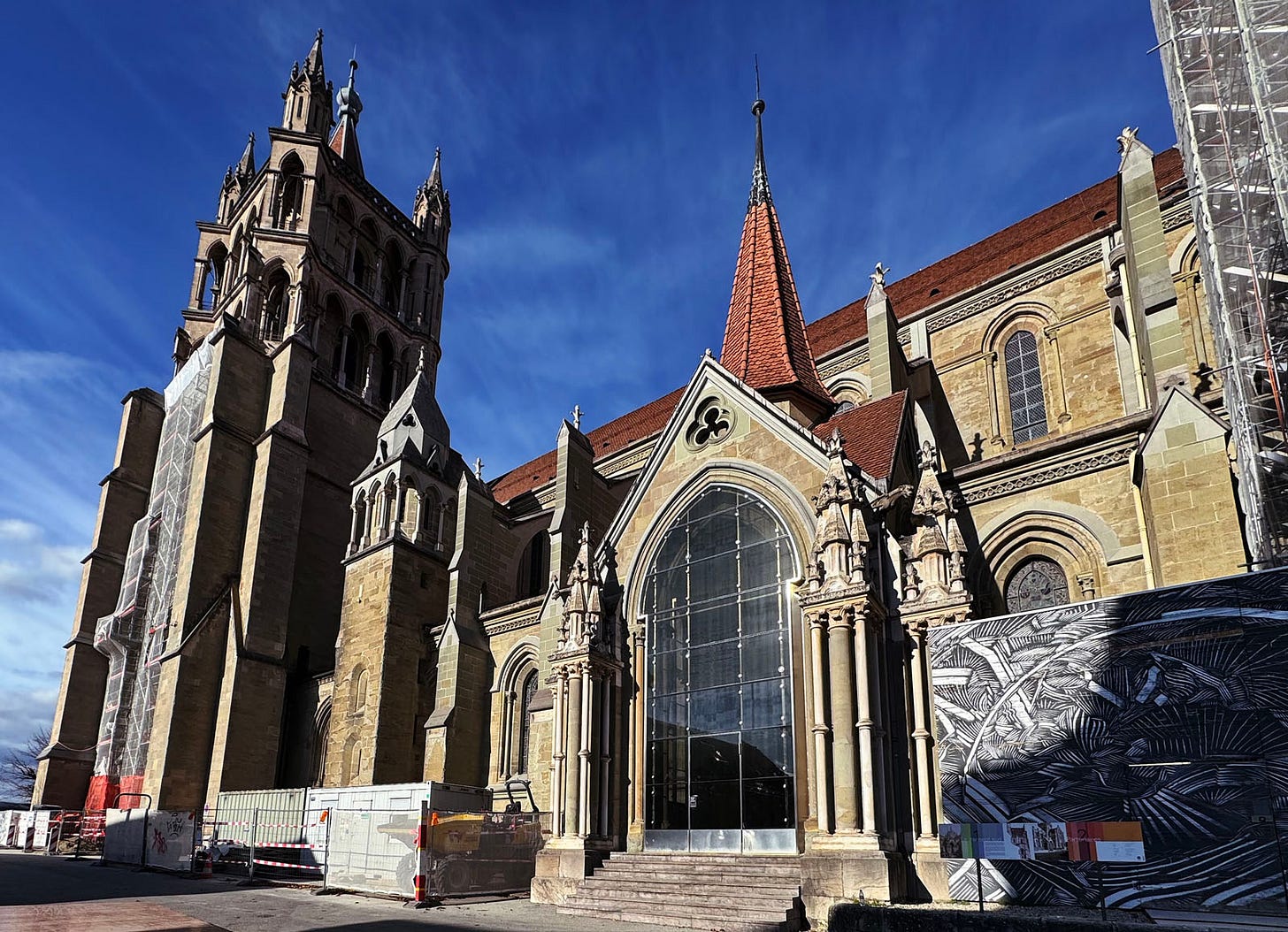

The west facade is pretty plain, but the portal here — called the Montfalcon Portal — has a lot going on, as figures 6-9 show. The portal itself is one of the few purely revivalist parts of the cathedral, having undergone a major restoration by Viollet-le-Duc in the late 19th century.
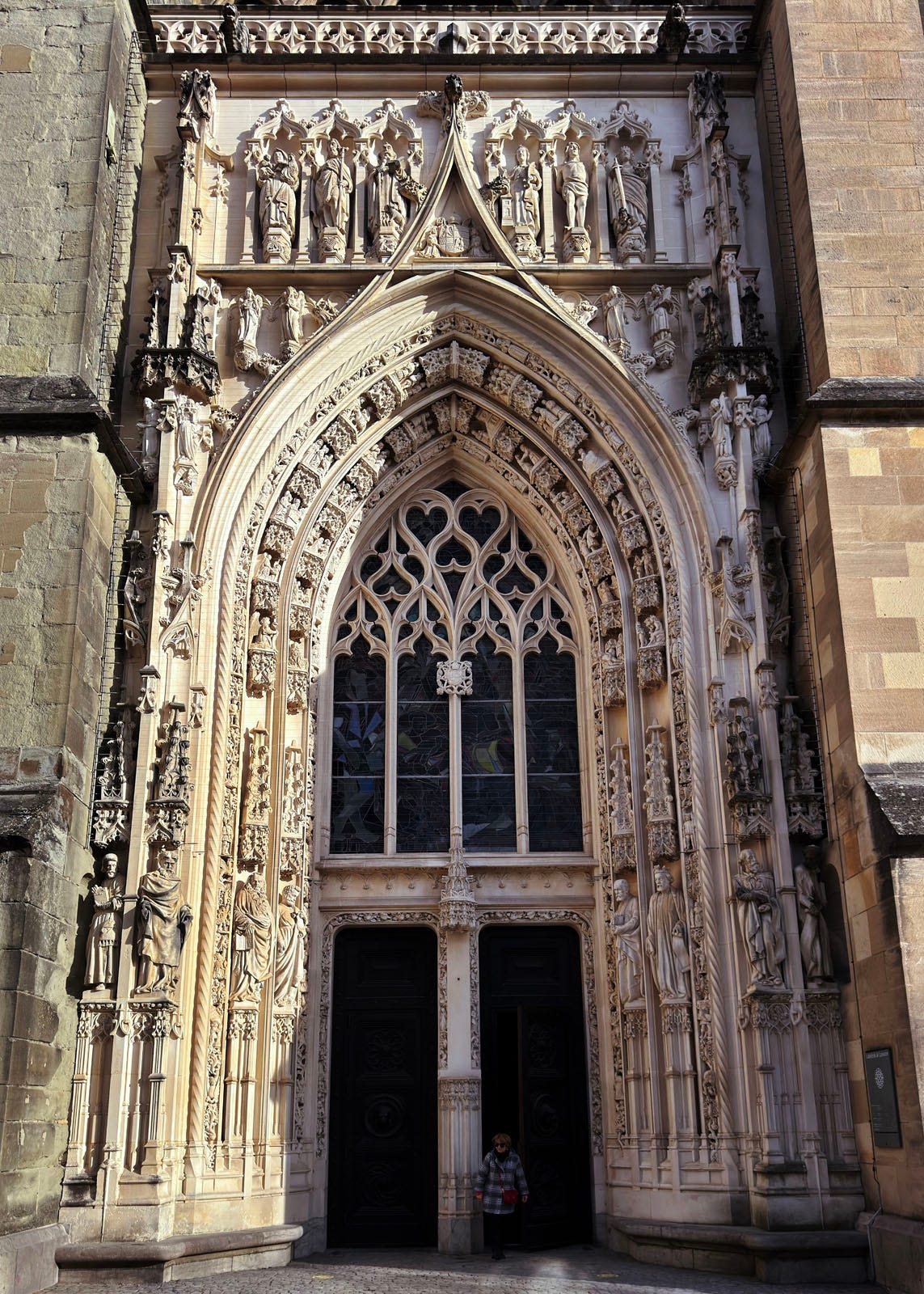
We enter from the west portal into an enclosed narthex, which includes some nice medieval-looking wall paintings (figure 10), though — unlike other painted portions of the church we will soon see — I am not certain if these are indeed medieval.
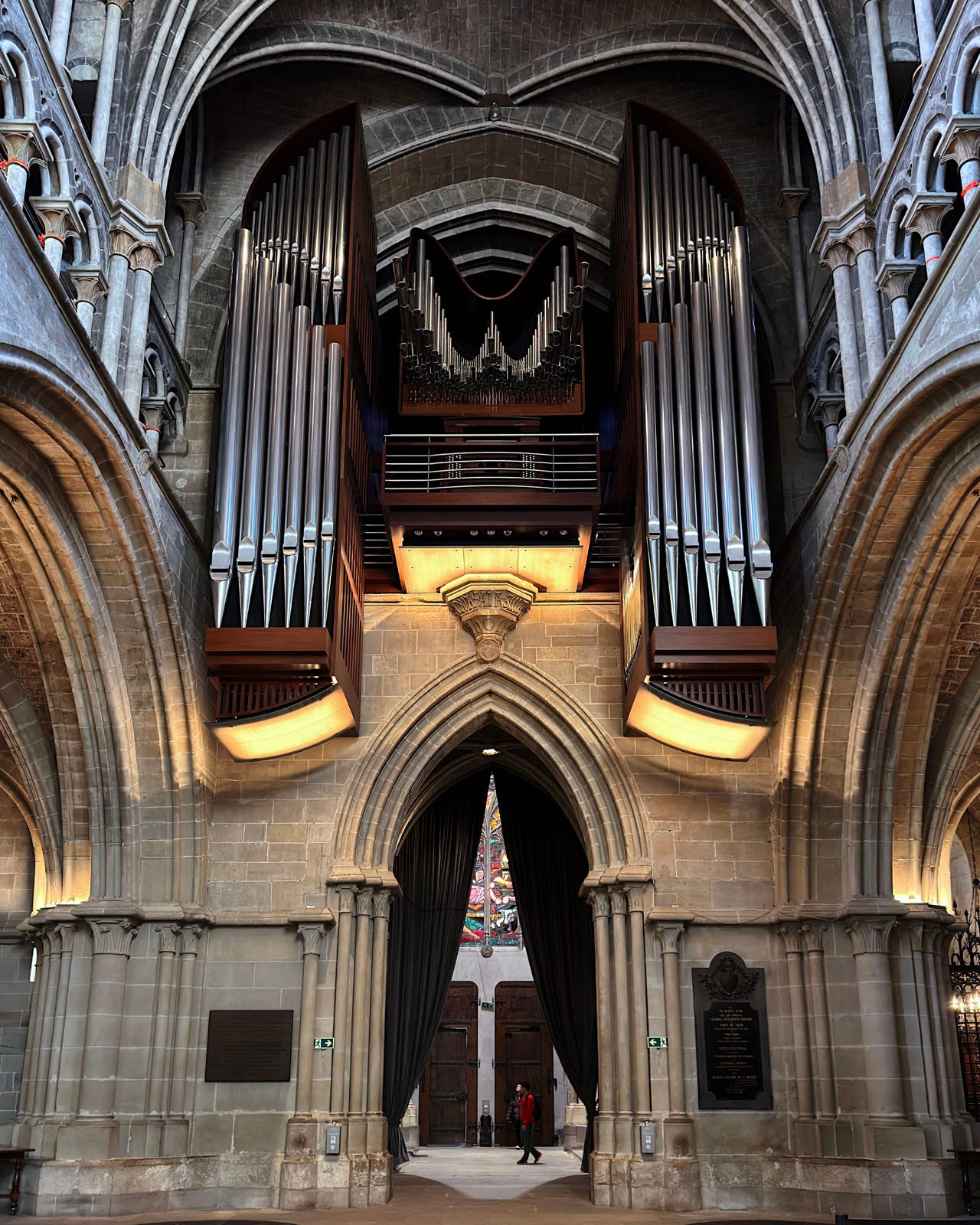
The nave and side aisles (slides 2, 12-14) are classic early Gothic, and bear a lot of similarities to early French Gothic churches we will see later in this series.
The crossing and transepts continue the same bay structure and dimensions as the nave, with a nice crossing tower bringing in natural light (figure 15). The south transept (figure 16) has a spectacular rose window (figure 1), whose design dates from about 1205; the glass dates from 1230ish, though replacements to some panels were made in the 19th century.
The chancel ends in a semicircular apse (figure 17) and is surrounded by an ambulatory. The ambulatory and its various side chapels include a number of interesting details and artworks (figures 18-22)
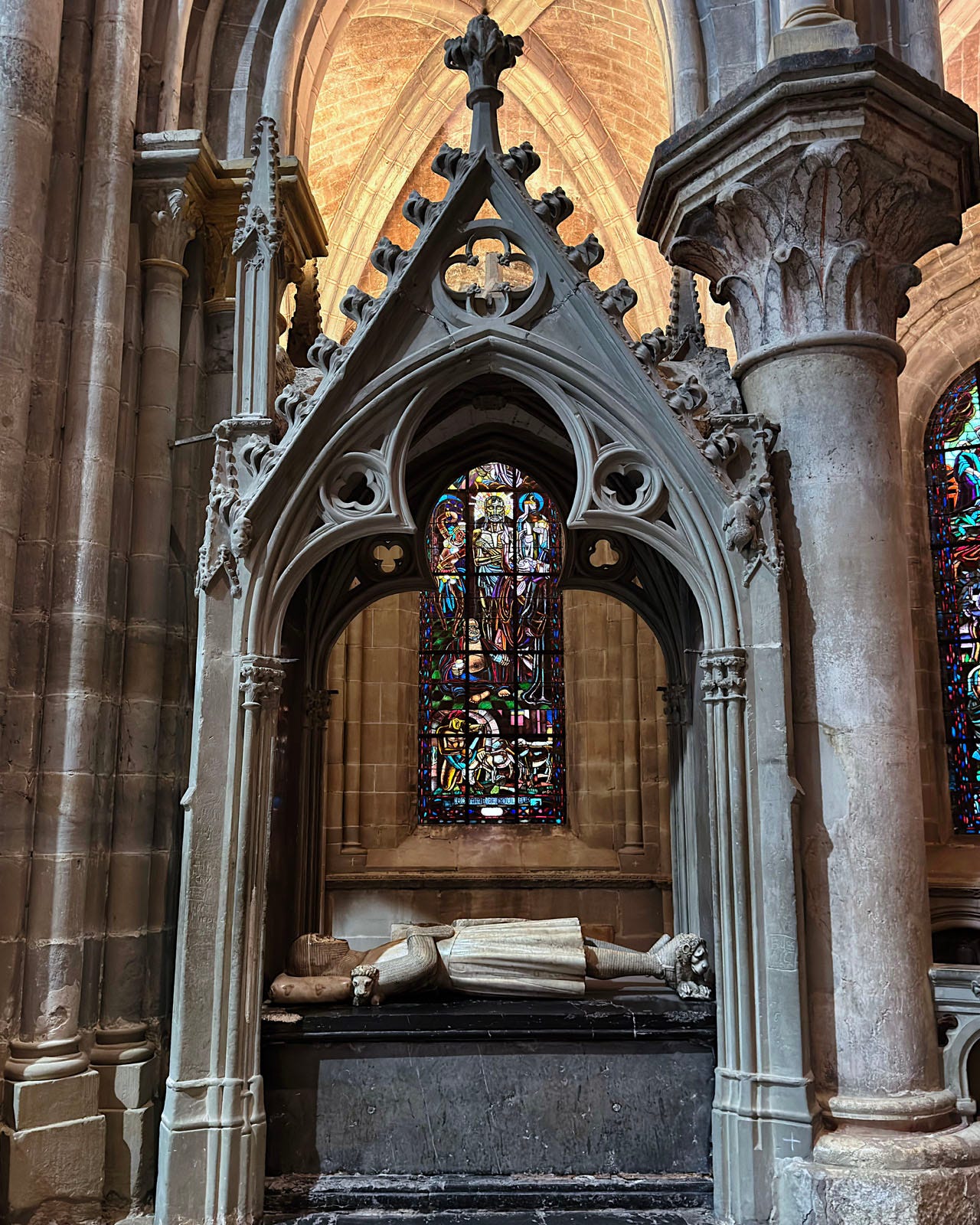
We will finish our virtual tour with a look at the south porch and portal (figures 22-26). This was the original entrance to the cathedral, and is incredibly well preserved, with paint still visible on a number of sculptures and other design elements. The porch was enclosed with glass recently to further preserve the sculptures, and ca now only be accessed from the interior of the church.
The portal’s tympanum shows the Dormition (left) and Assumption (right) of the Virgin in the panels at the bottom. Above is an interesting bit of iconography because the Christ sits in a mandorla in a ‘Christ in Majesty”-like pose, but to the left He is also crowning Mary, making this ultimately a “Coronation of the Virgin” image.
That completes the tour of the church proper, but there’sa bonus here. If you are in good physical shape, you can pay a few Euros to climb the west tower, and it is well worth doing so. Not only do you get good views at the top (figure 26), but on the way up you will pass by a room with some incredibly well preserved 13th century choir stalls (figures 27-28).
Visiting Advice & Conclusion
My Visit Dates: 17 & 18 November 2024
Lausanne Cathedral is free to enter and was undergoing minor repairs here and there when I visited; I made two visits and each time a few parts of the cathedral were closed for maintenance. The cathedral is not particularly large and can profitably be visited in an hour. Visiting the tower, as I mentioned above, is definitely worthwhile as well.
The city of Lausanne is located on the northernmost side of Lake Geneva, and retains a good bit of medieval charm in its central quarter. There are a few museums and other historical sights to see in the town, but Basel and Zurich are really the best bets for taking in Swiss museums.
That said, the town of Lausanne is still well worth a visit, and Lausanne Cathedral stands as both a gateway to Switzerland’s Gothic tradition and a testament to early Gothic’s lasting impact beyond France and England.


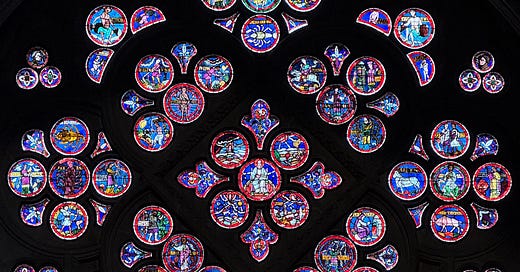




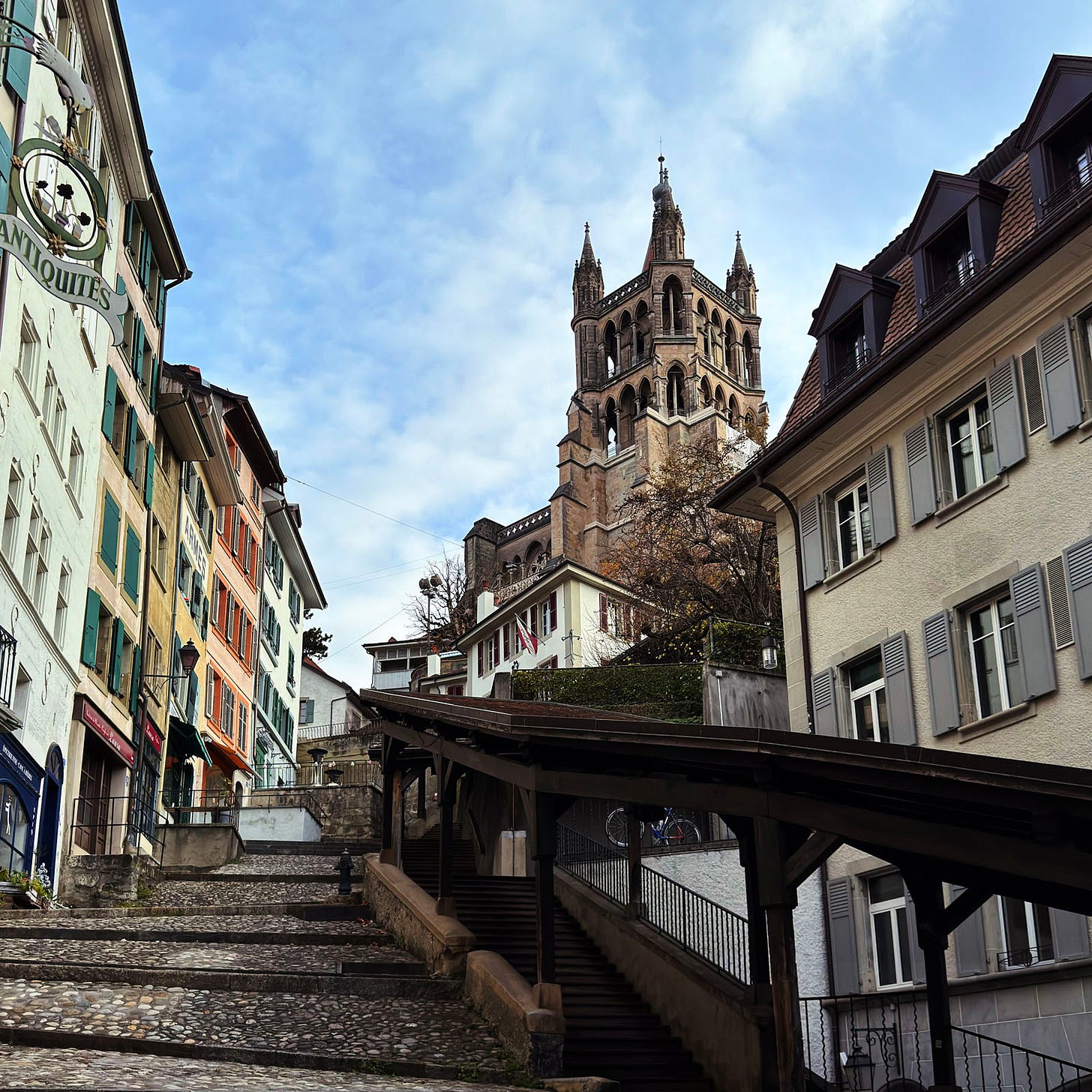
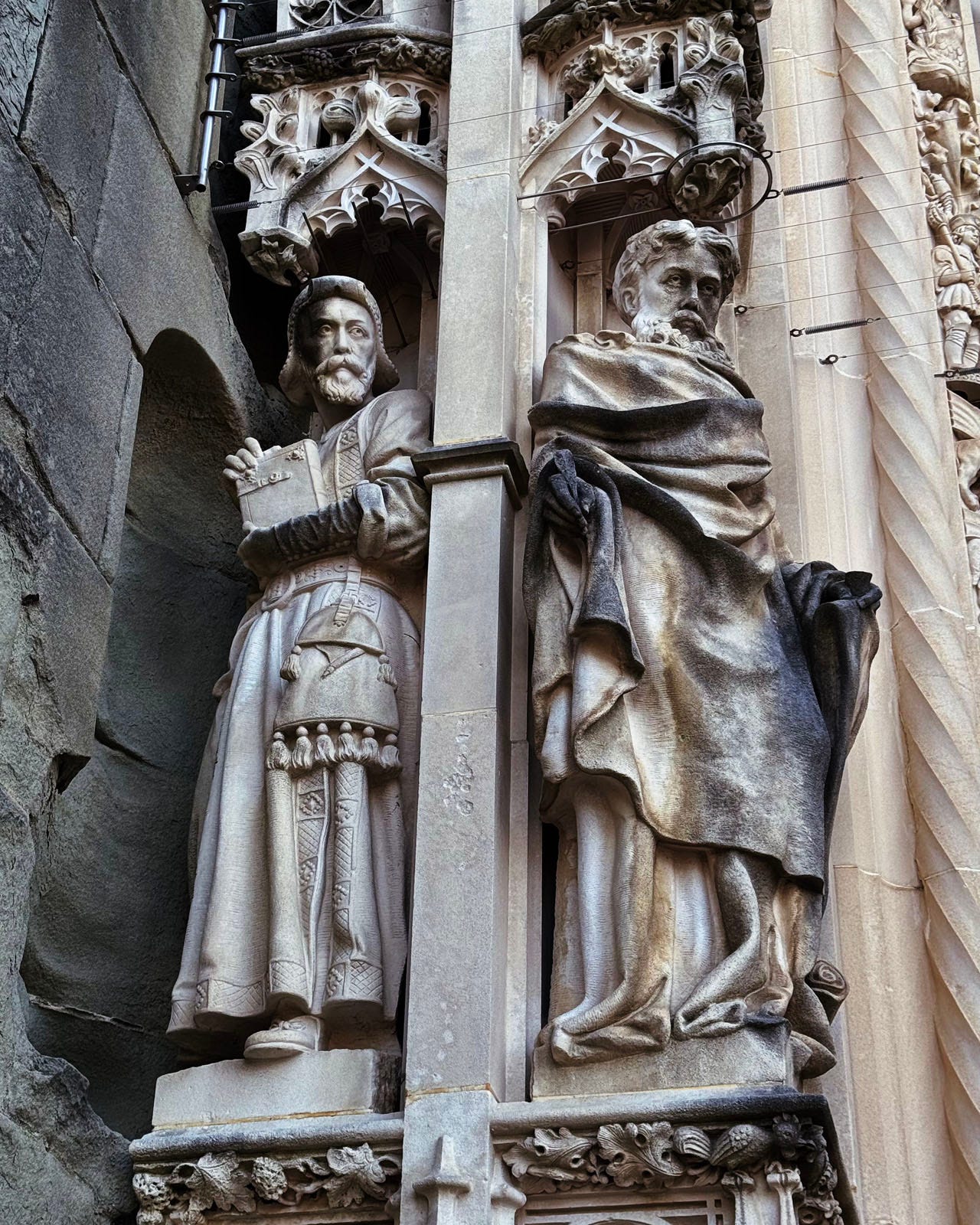
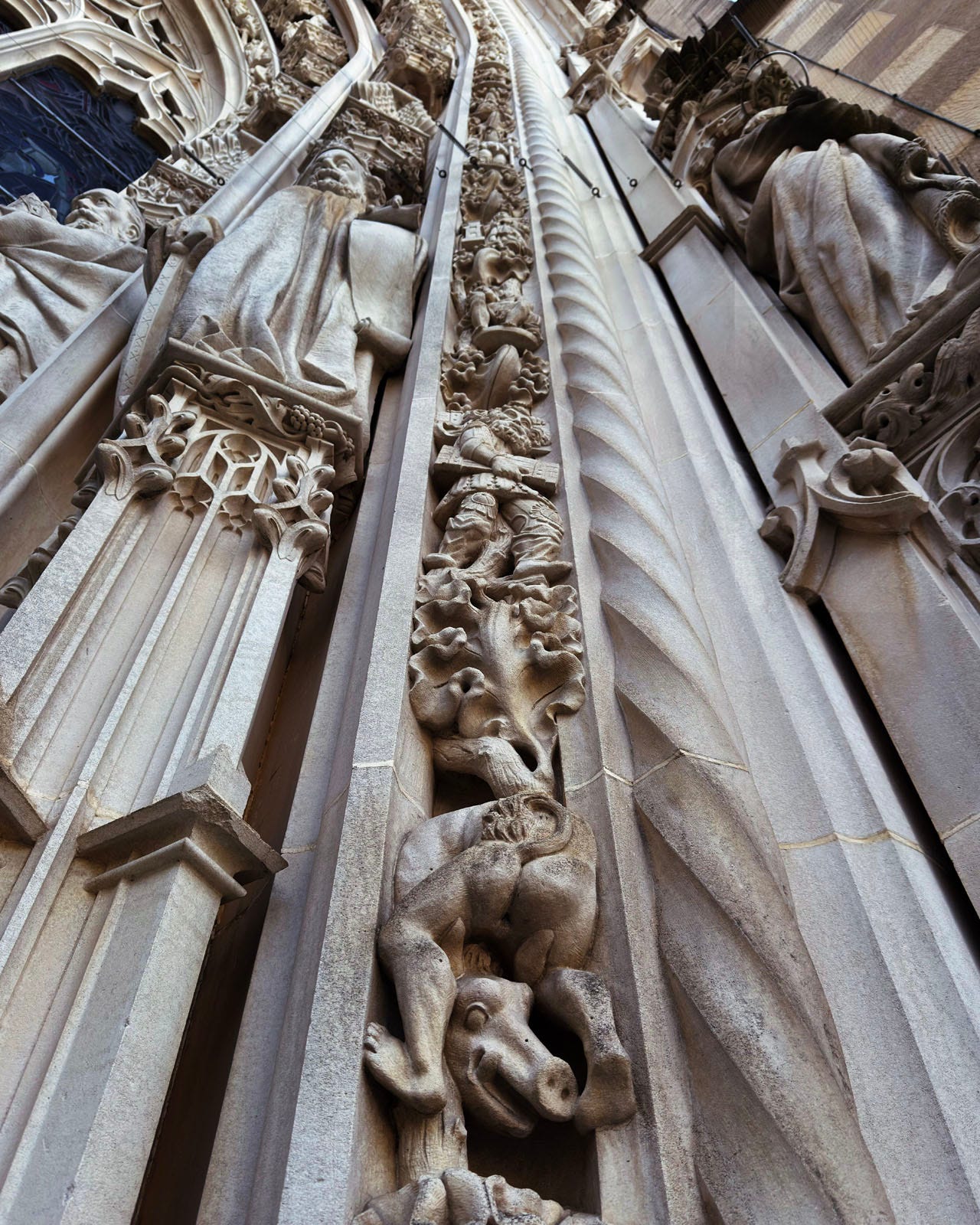
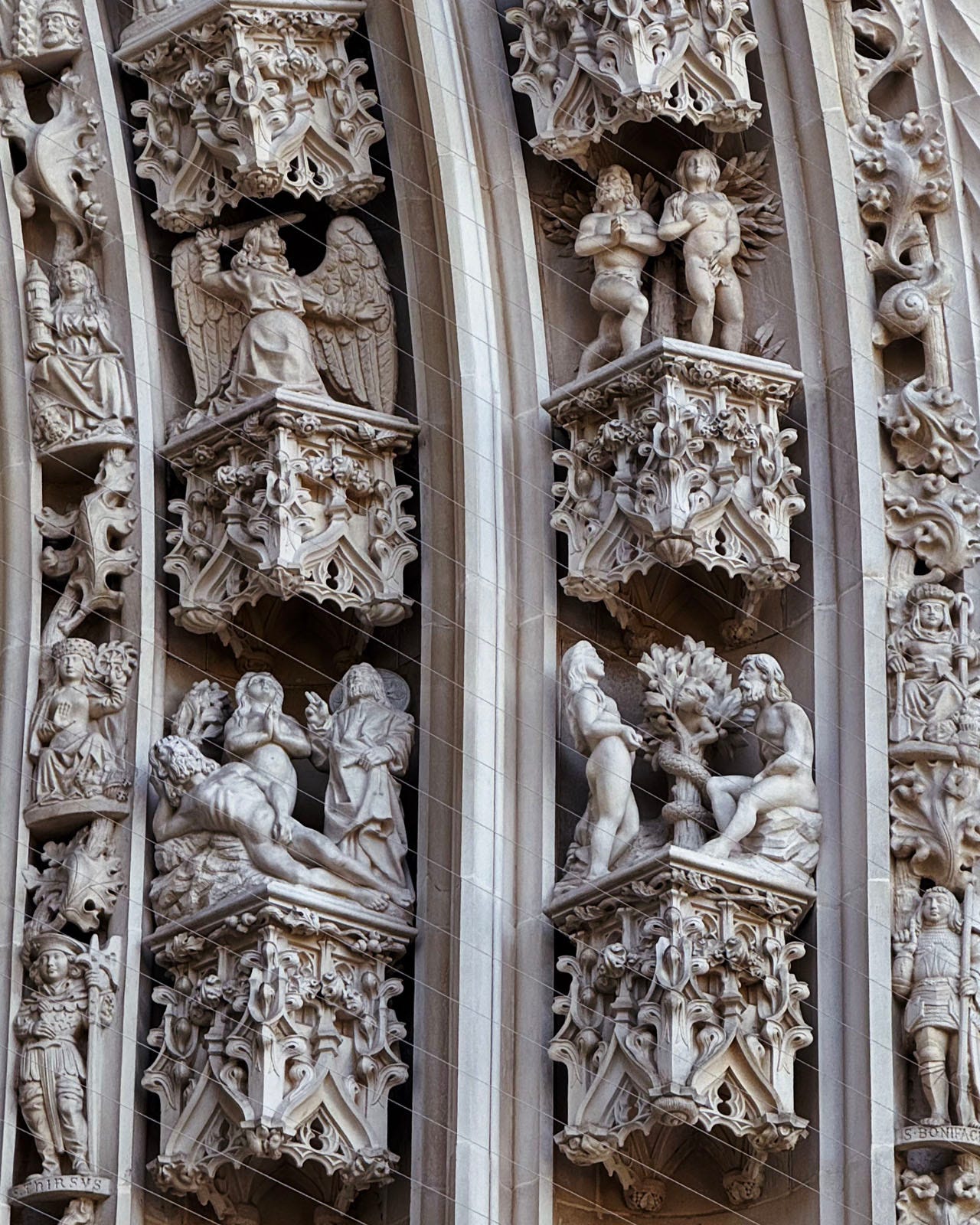
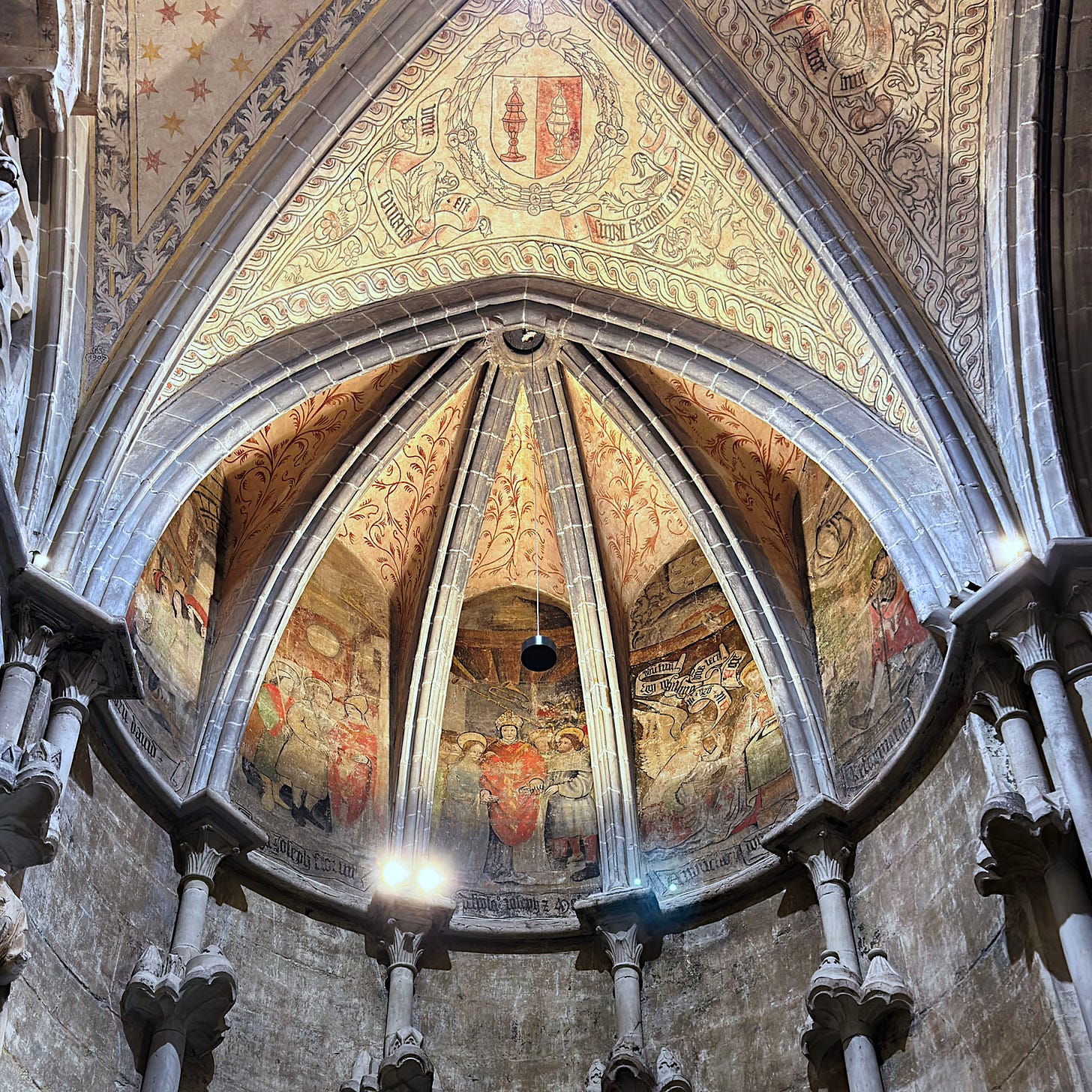

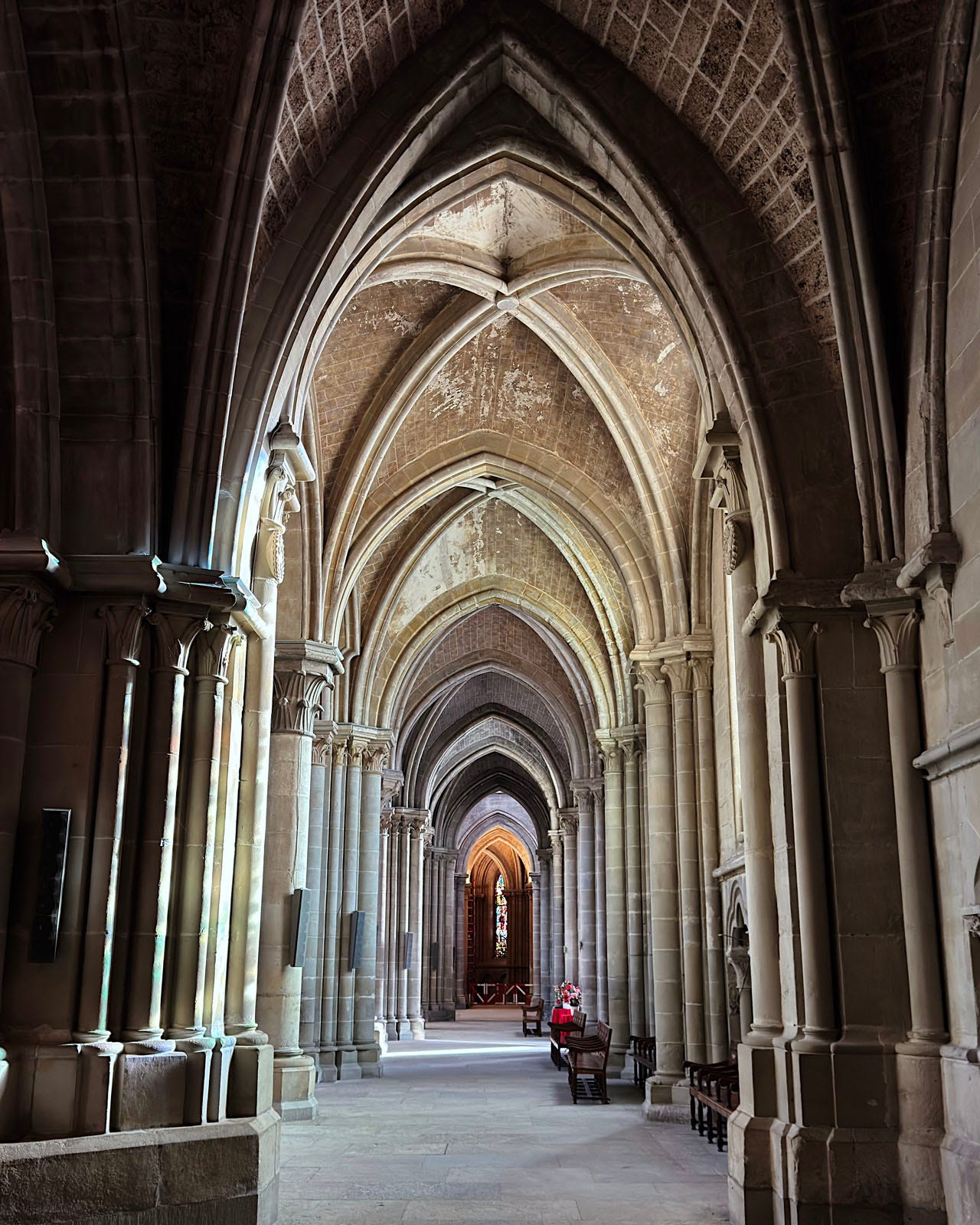
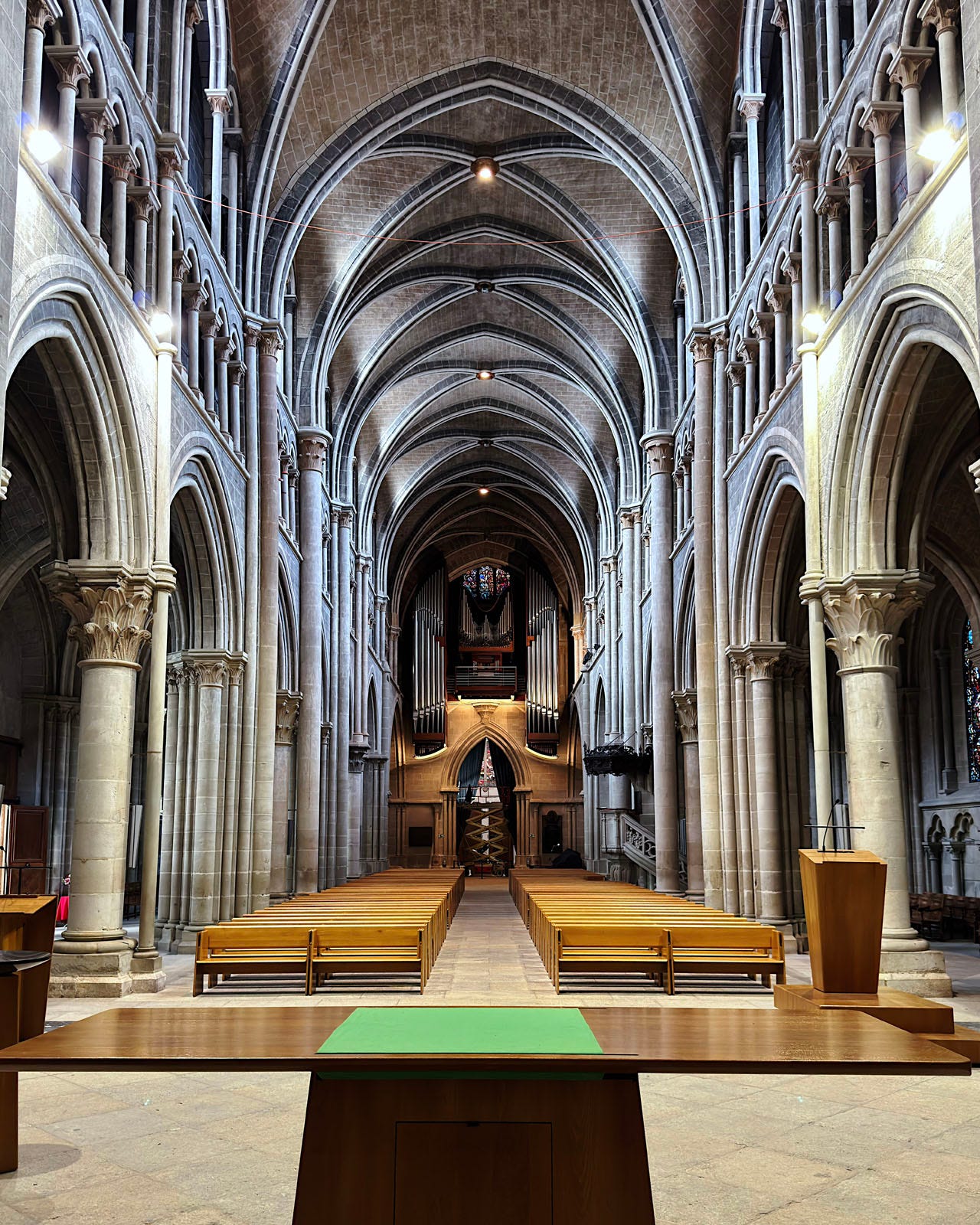
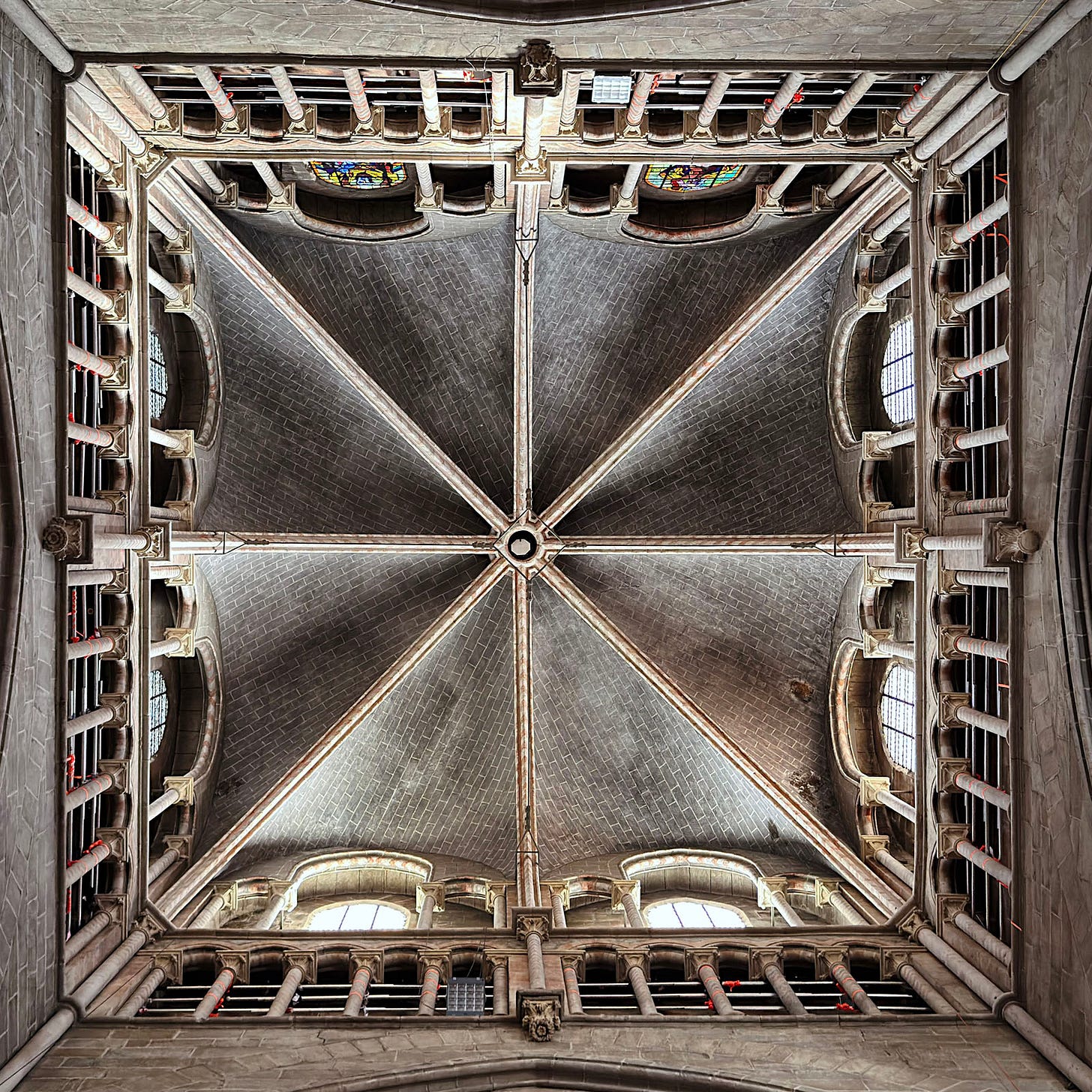

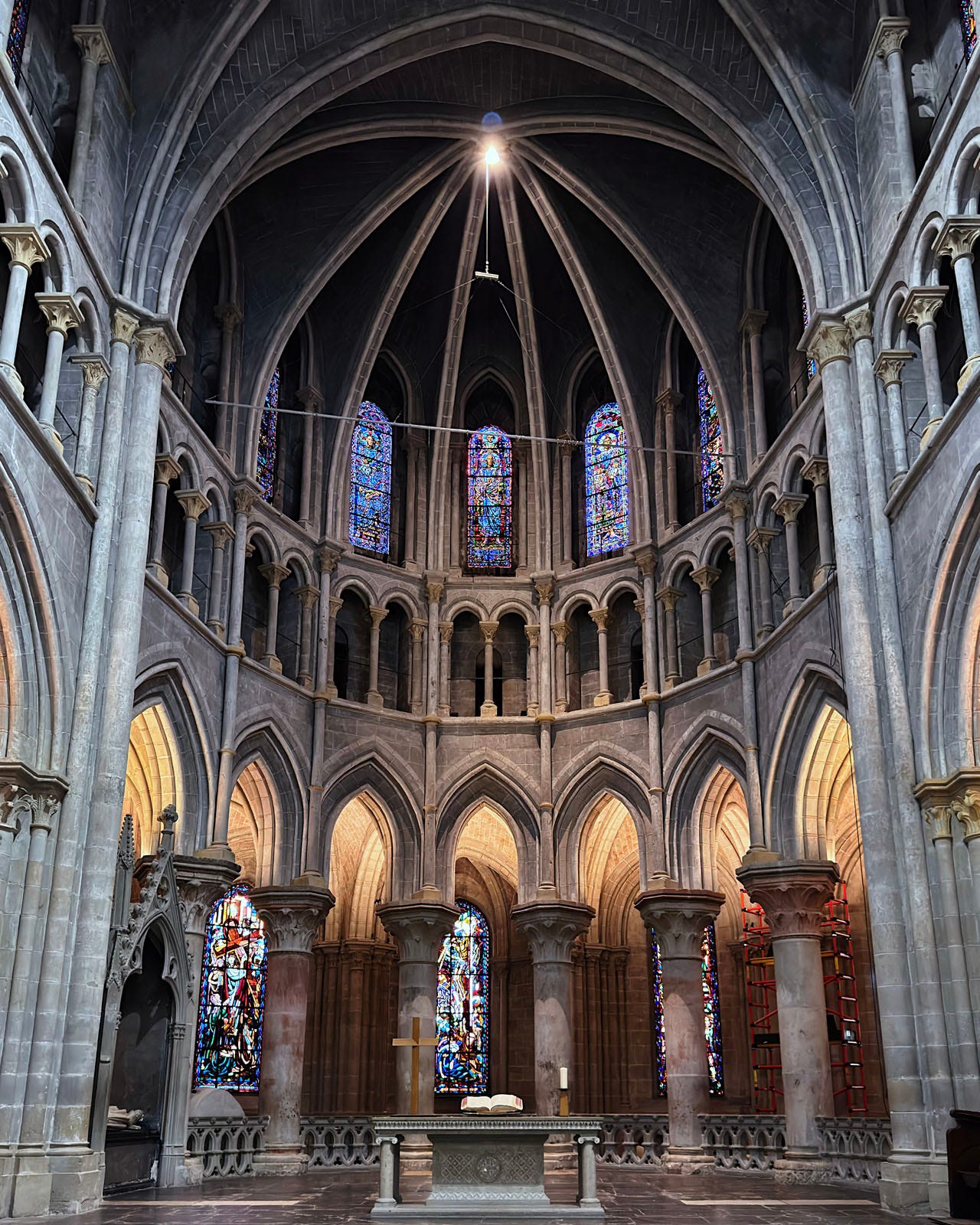
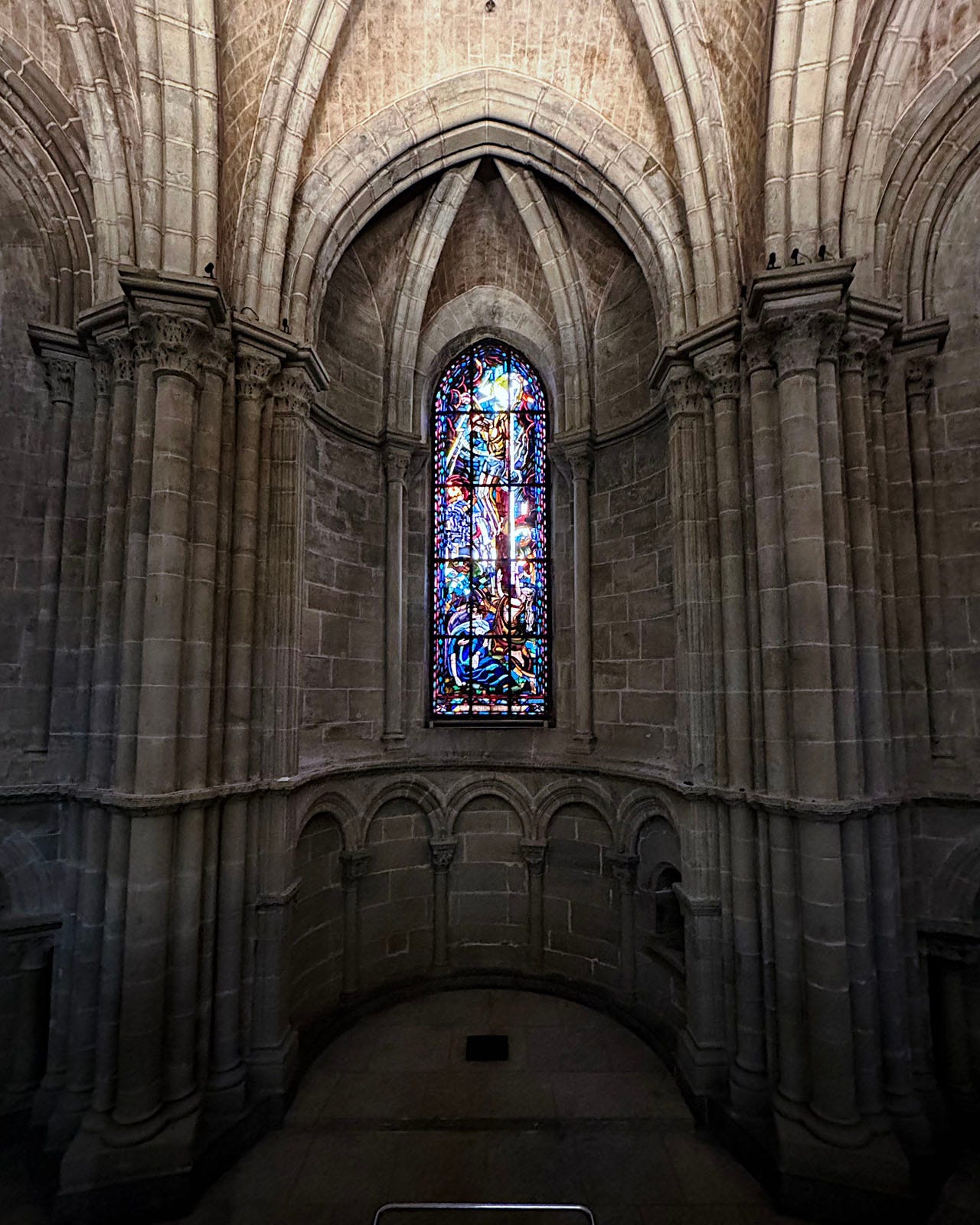
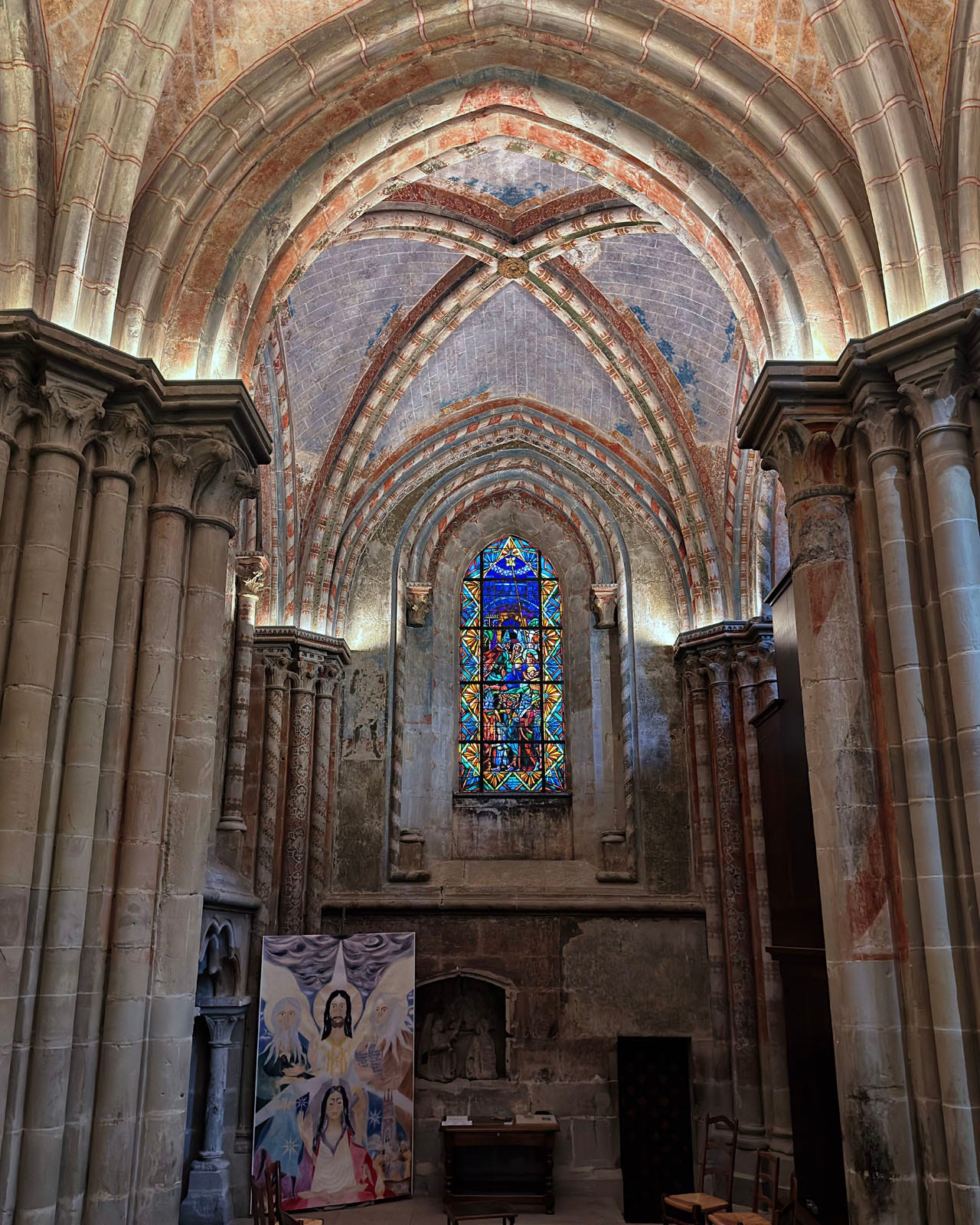
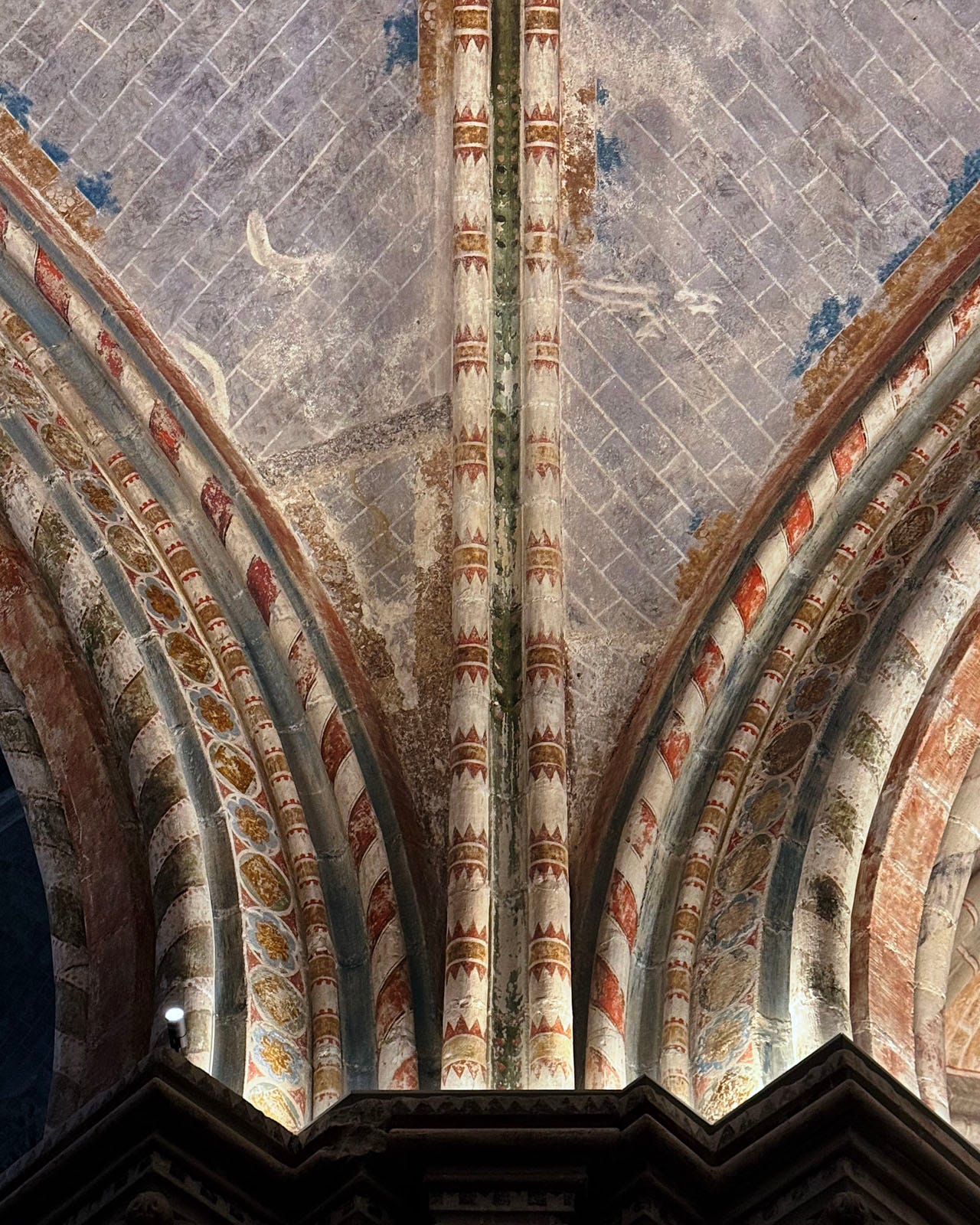
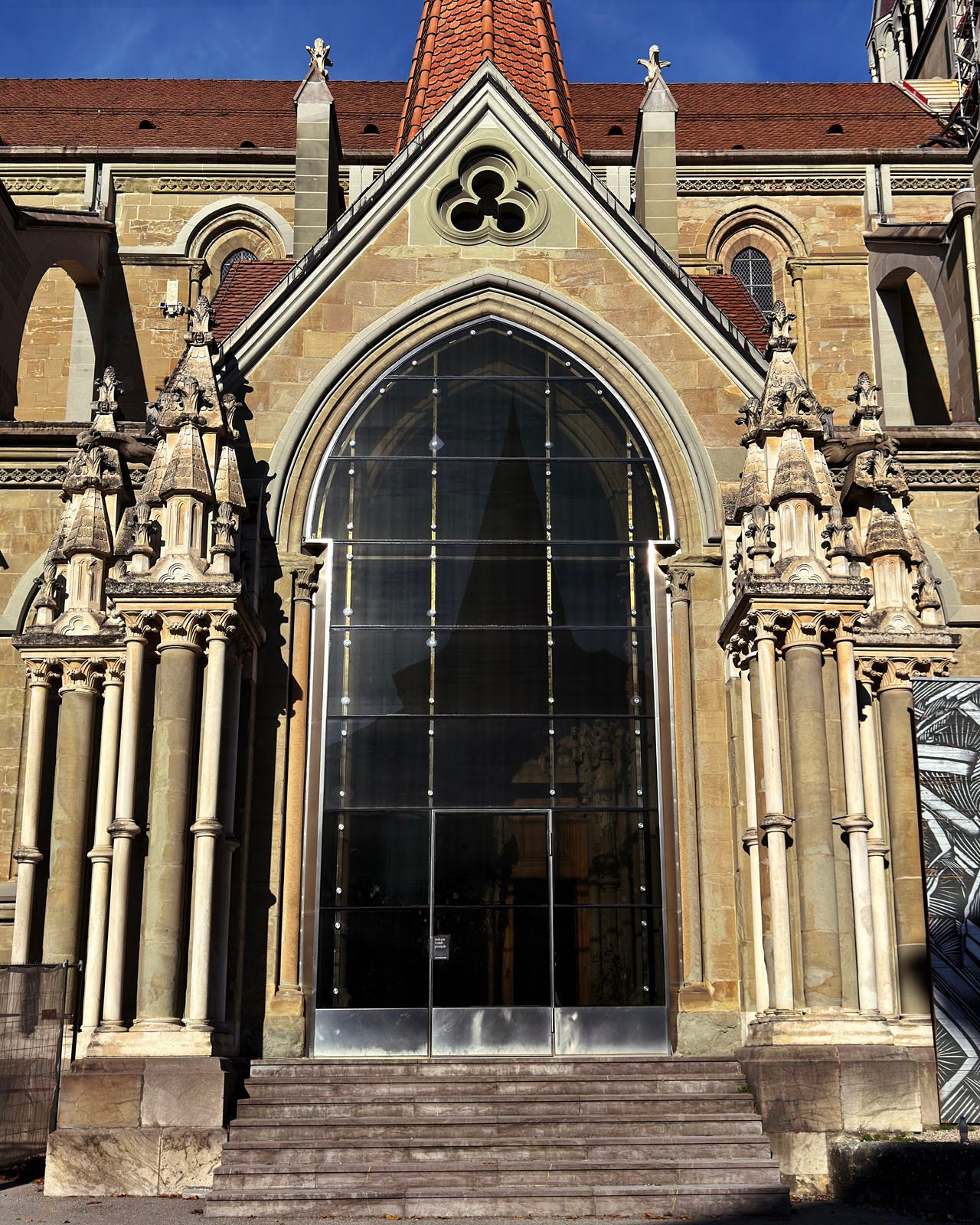
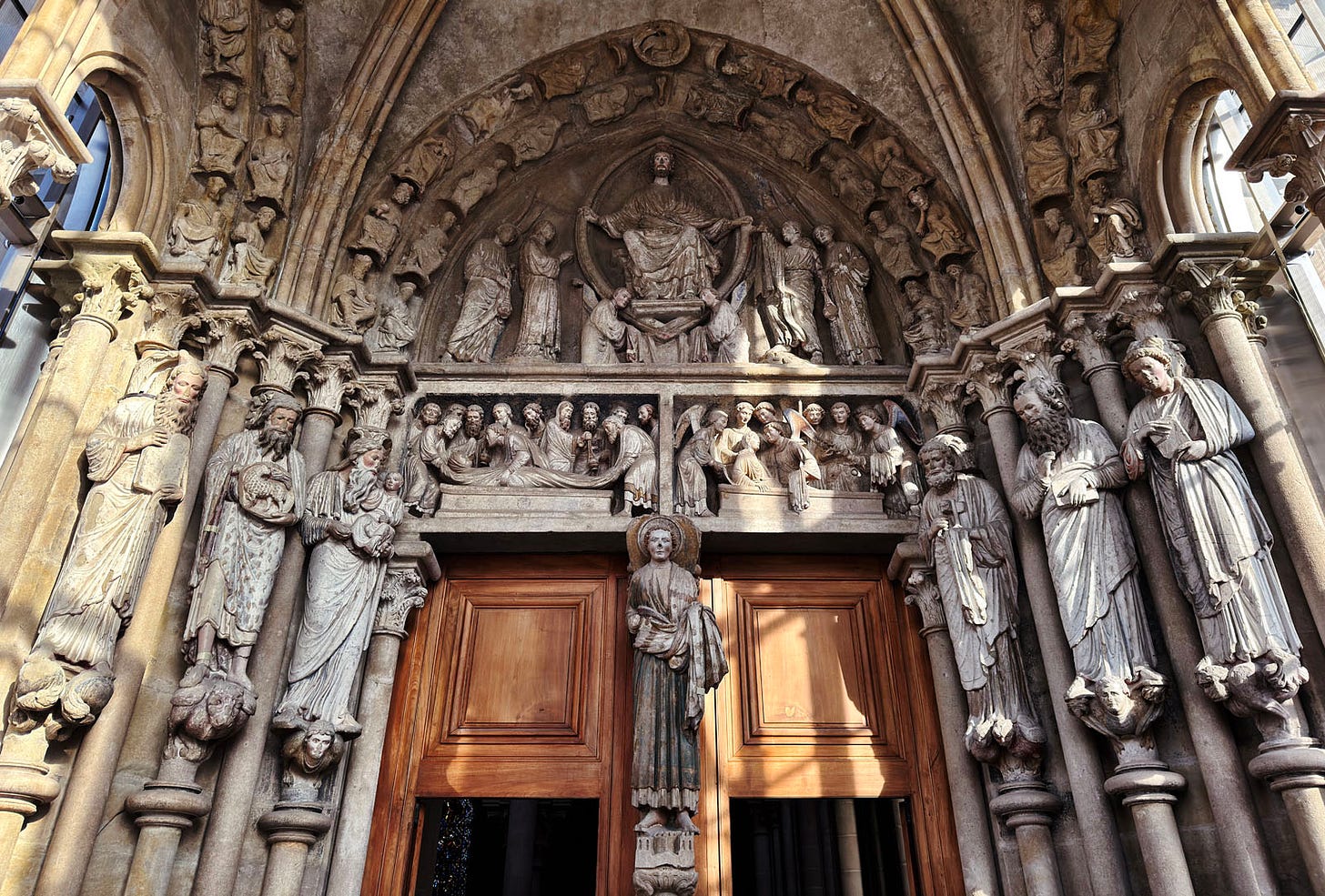
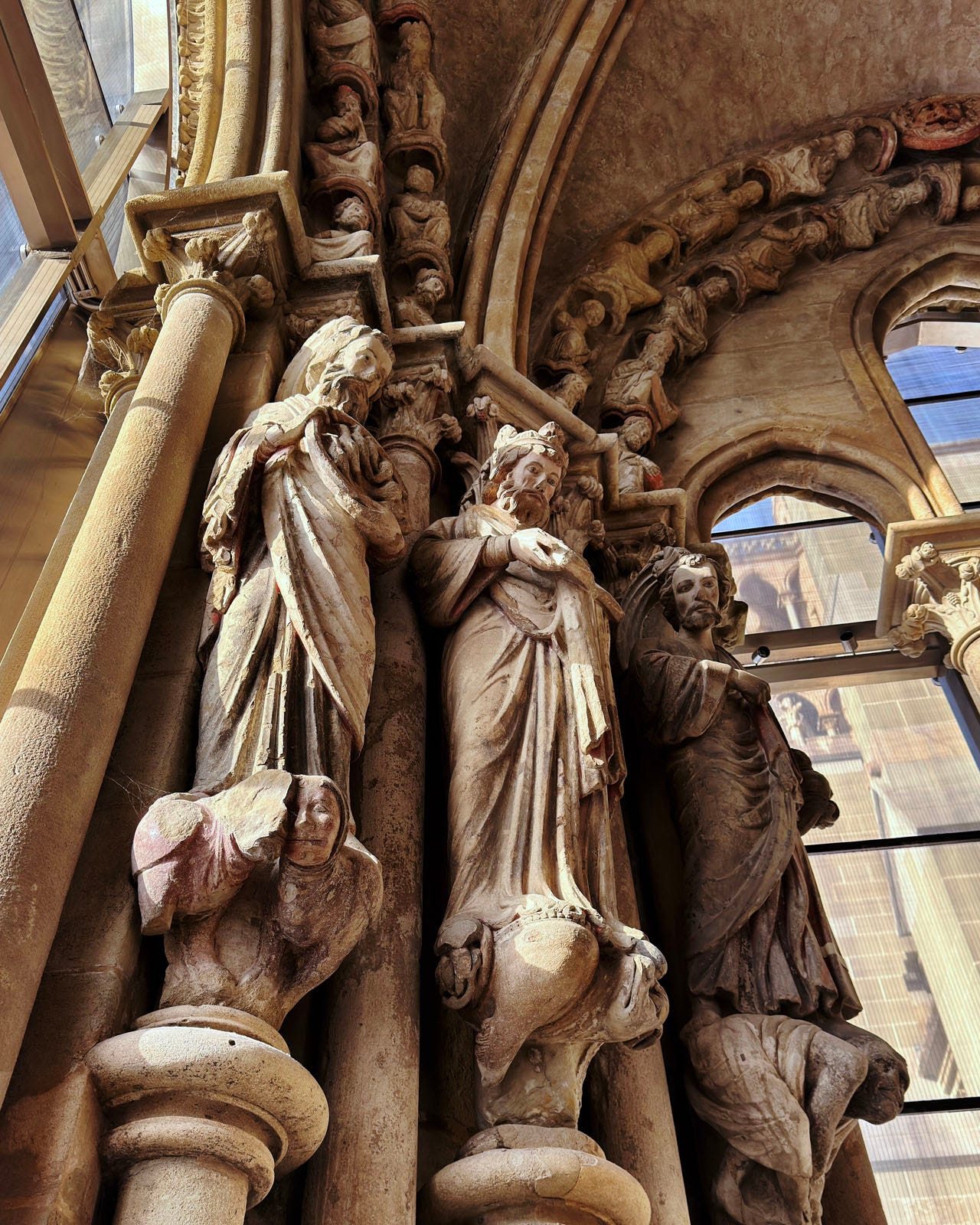
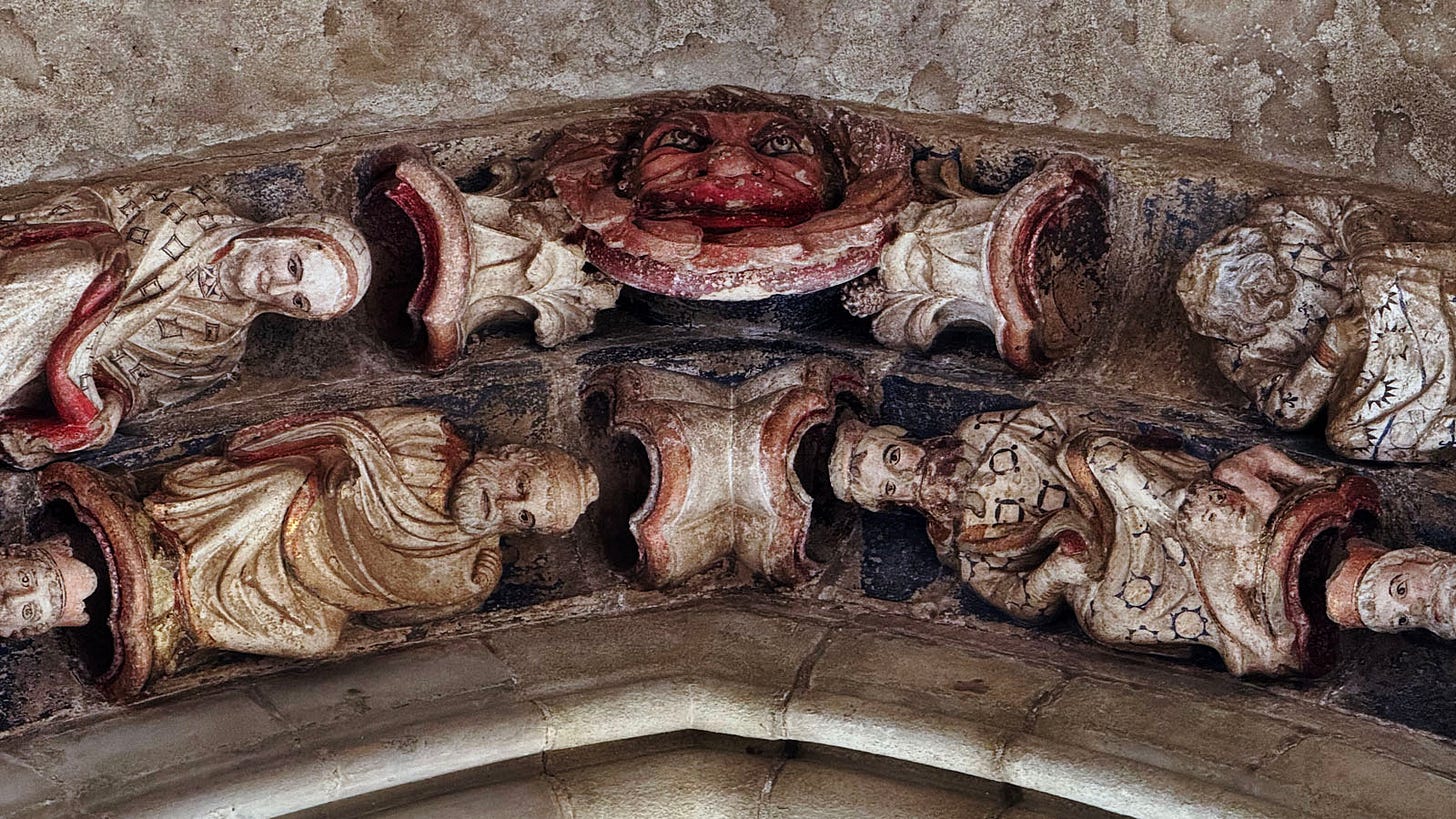
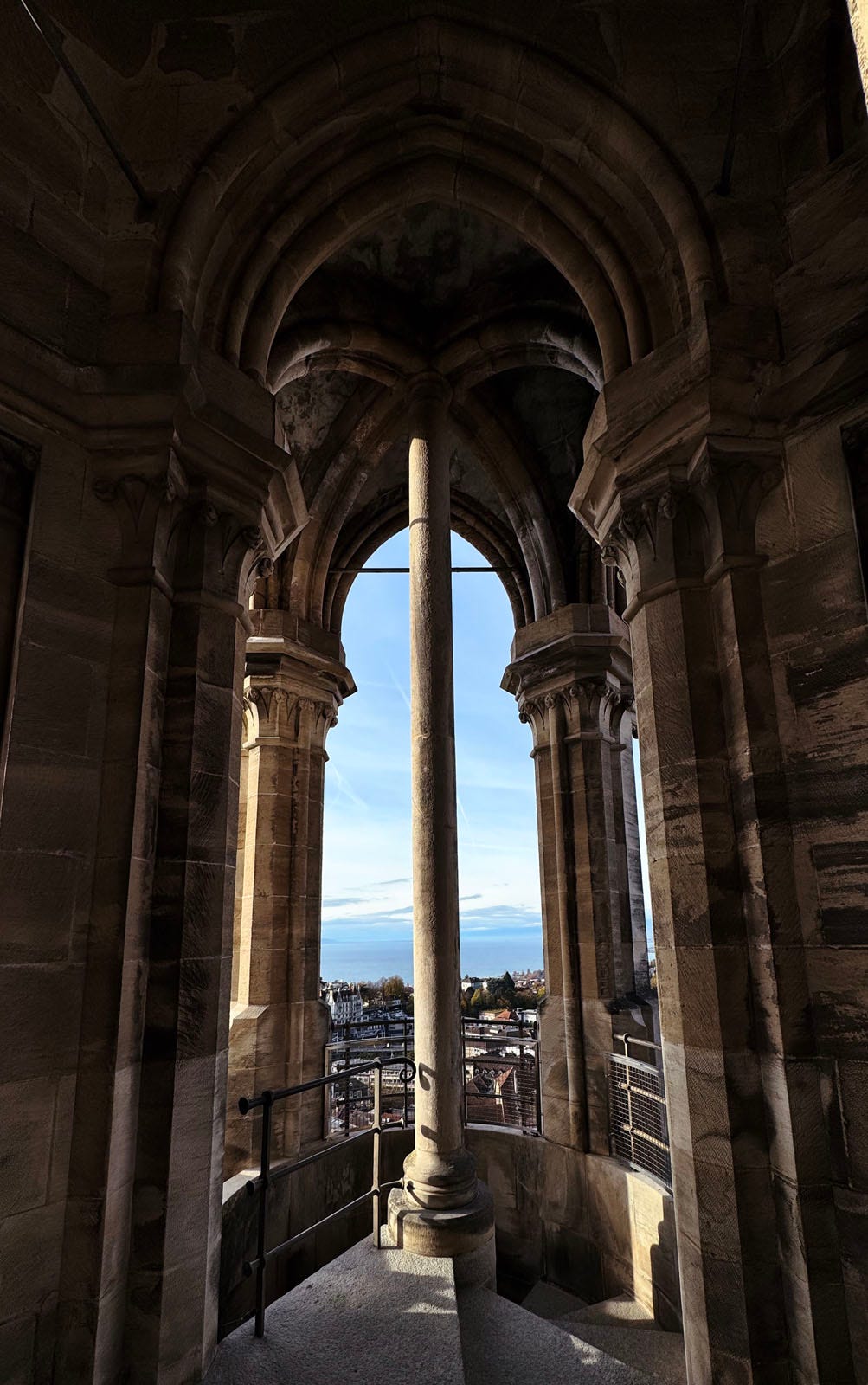

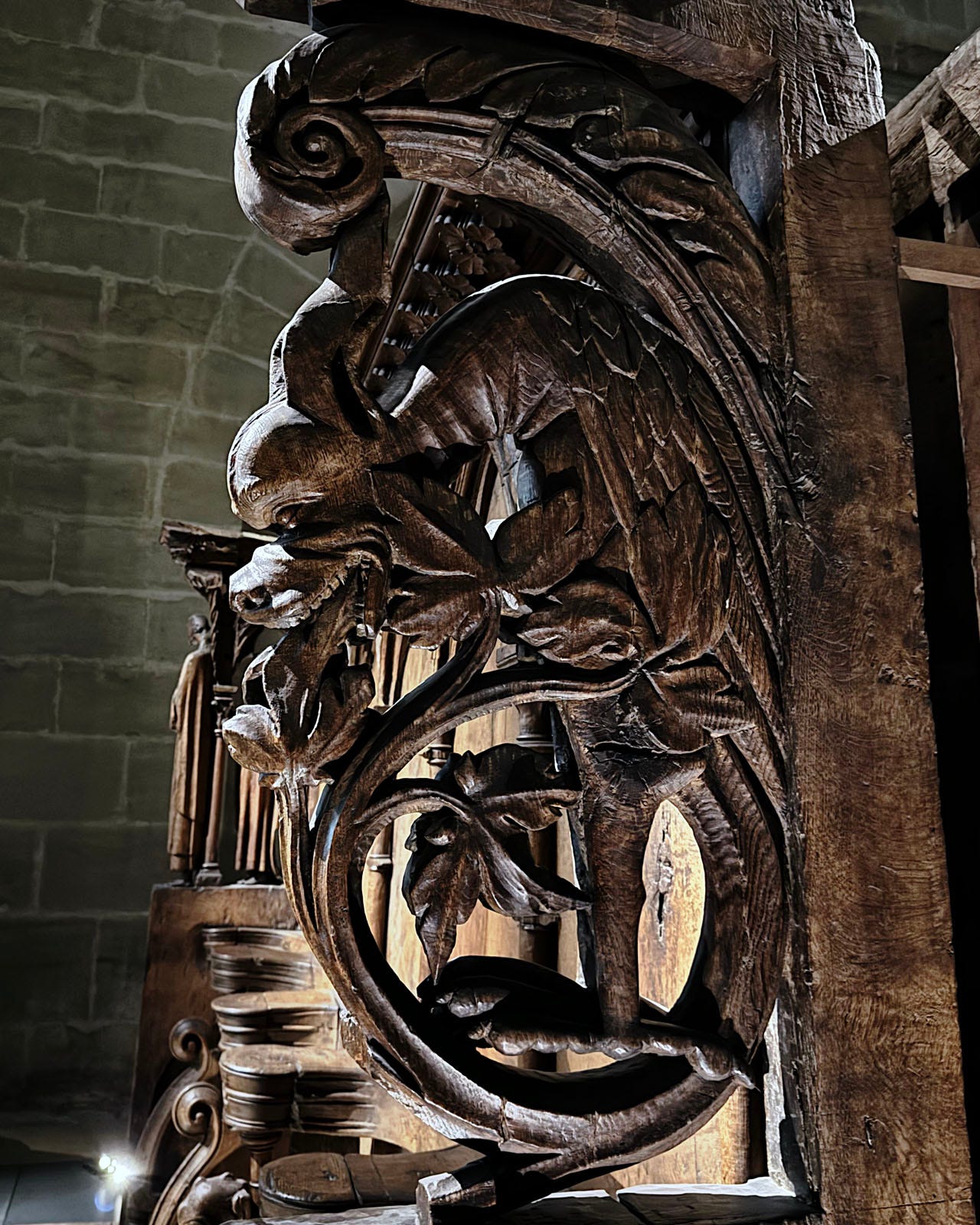
Hi Ben, another lovely choice brining a Gothic smile to my face this morning. I did have a question on the “Christ in Majesty”-like pose, but to the left he is also crowning Mary, making this ultimately a “Coronation of the Virgin” image.” - I can’t spot the crowning image of Mary. Am I missing something? Perhaps you have a close up? Thank you once again.